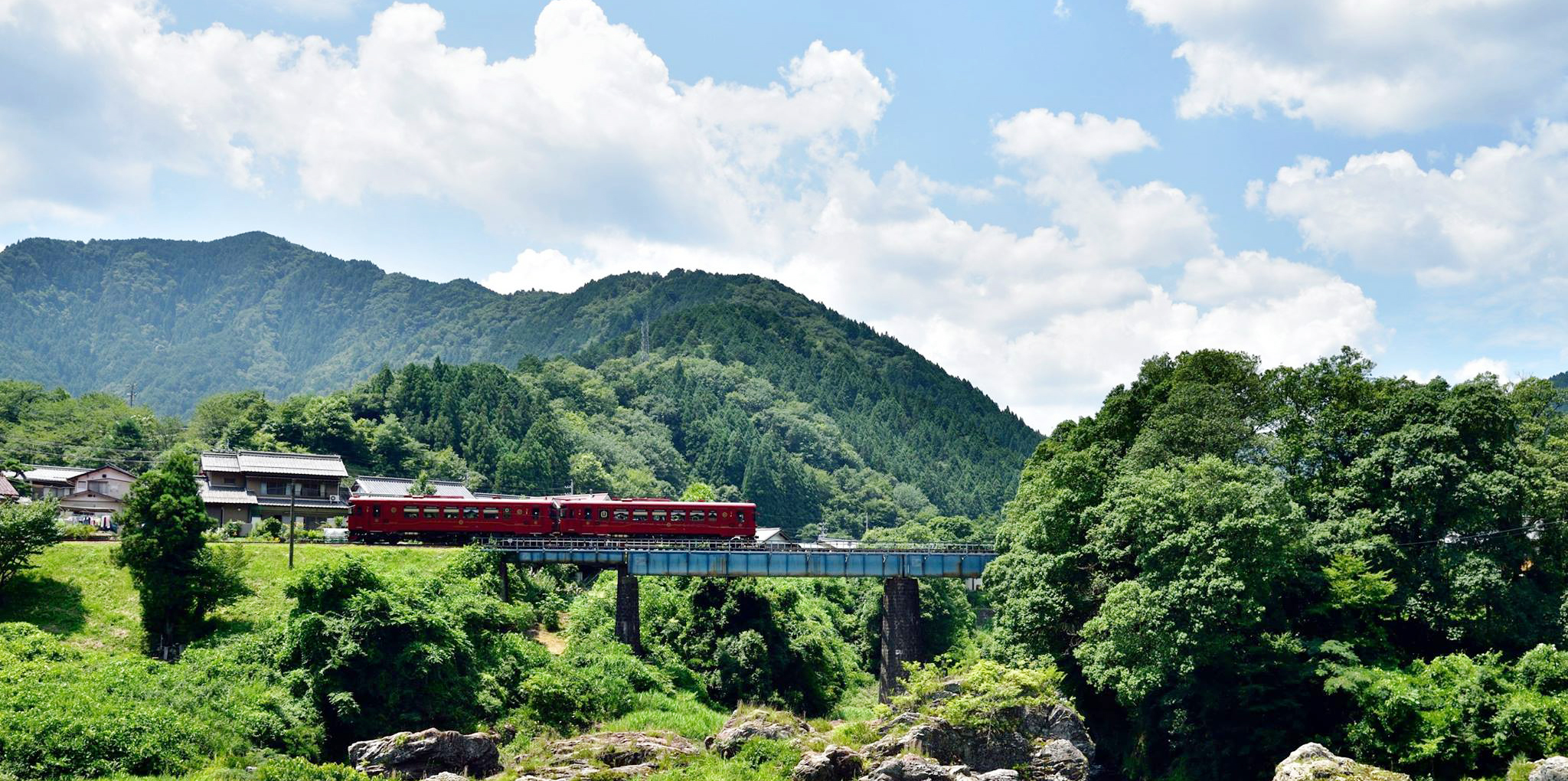Running leisurely along
Nagaragawa River.
One-man train
Nagaragawa Railway
making you feel energetic

Nagaragawa Railway was born in 1986, taking over Japanese National Railway Etsumi-nan Line. This one-man train connects 38 stations from Mino Ohta Station in Minokamo-shi to Hokunou Station in Gujo-shi. It is loved by local people because of its nostalgic appearance from Showa era (1926 – 1989). It is used by many tourists as well as local people.
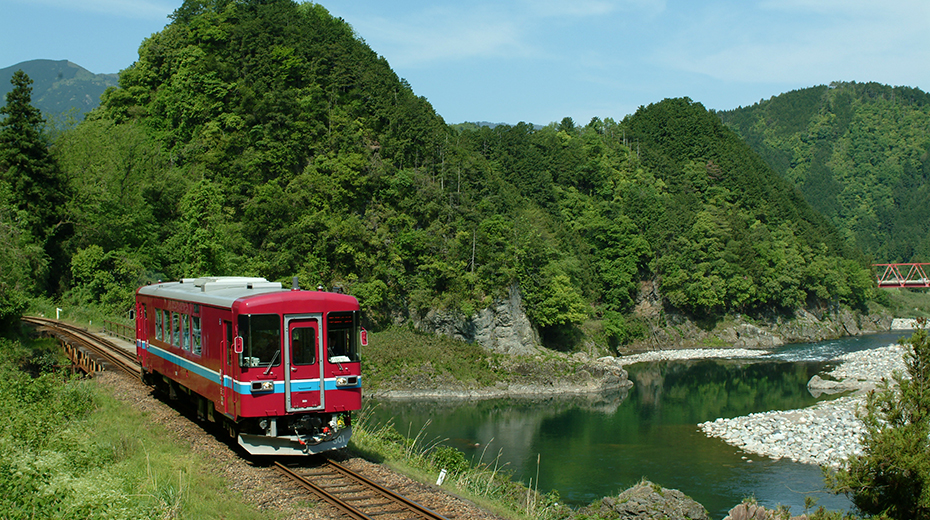
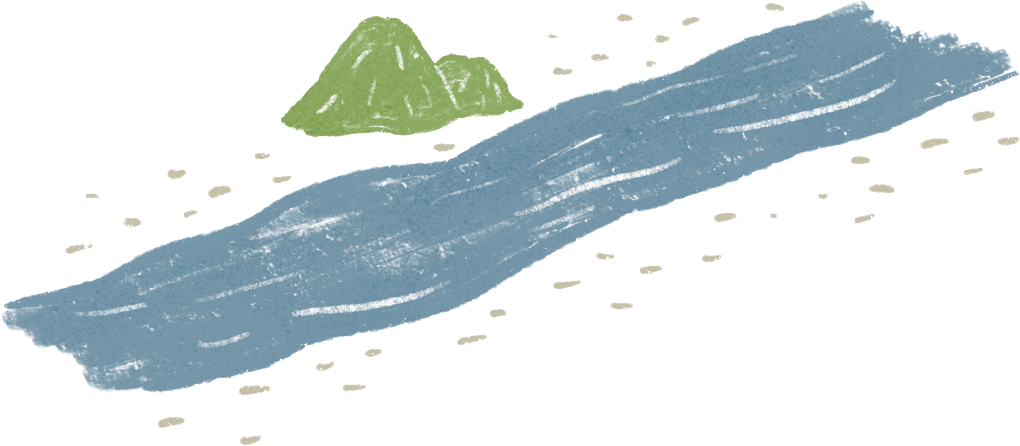

Approximately 50km of the total length of 72.1km running along Nagaragawa River, is known as one of Japan’s three major clear streams. Especially from Yunohora-onsenguchi to Gujo Hachiman Station, there are 7 large bridges over Nagaragawa River and its tributaries. There are 2 recommended scenic points along Nagaragawa River too.
Clear Stream Train, which runs once a day, drives through these spots at a slow speed. Travelers can relax and enjoy this wonderful scenery from the train window.
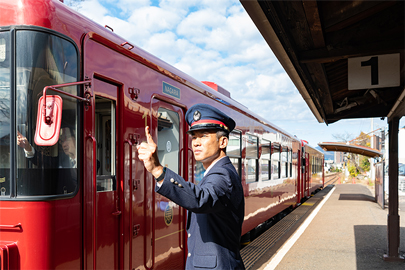
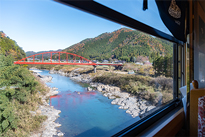


Clear Stream Train, which runs once a day, drives through these spots at a slow speed. Travelers can relax and enjoy this wonderful scenery from the train window.
Enjoying the seasonal sceneries
from the train windows
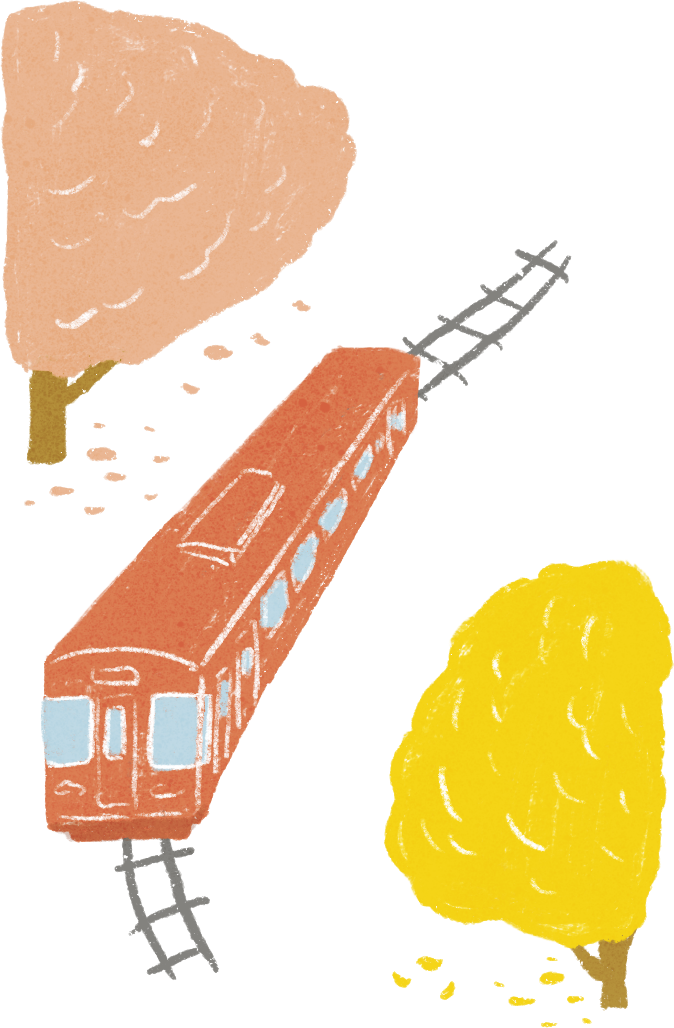
Although cherry blossoms at department station have already finished their best time, when you move north, you can see the wonderful scenery of rows of cherry blossom trees and remaining snow in the mountains. You can enjoy Ayu (Sweetfish) fishing and rafting on Nagaragawa River in summer. Rural scenery dyed in gold and colorful red leaves in autumn, snowy scenery in the winter are all you can see here. You can also enjoy the scenery of train windows in each season.
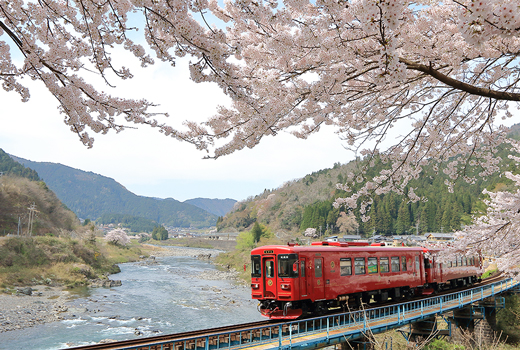

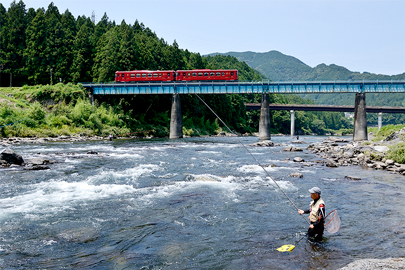
If you open the window, wind breeze from the river blowing into the train is healing people’s heart and soul.
Traveling slowly and leisurely
Go on a trip by
Nagaragawa Railway
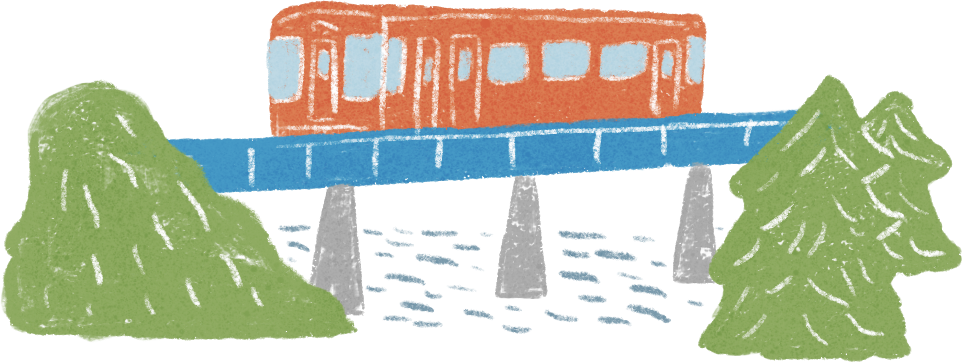
How about getting a one day ticket (2700JPY) getting off at some stations, instead of going straight to your destination?
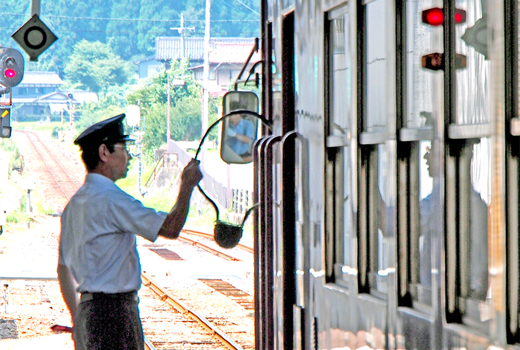


Wooden station of Gujo Hachiman Station, railway turntable at Hokunou Station, and seeing the delivery scene of pass ticket at Mino Shirotori Station are all loved by railway lovers.
 Minami-kodakaraonsen Station
Minami-kodakaraonsen Station
Minami-kodakaraonsen Station, where you can enter the hot spring Kodakaranoyu directly from the platform of a train station, is also unique. Normal entry fee is 600JPY, but railway users can take a bath with only 200JPY. It is recommended to get off the train and stretch your limbs in an open-air bath to heal your tiredness during your trip.
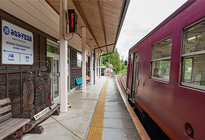
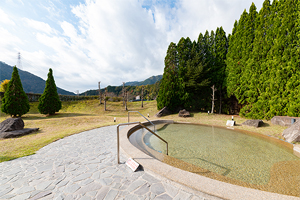

Tips for enjoying
Nagaragawa Railyway

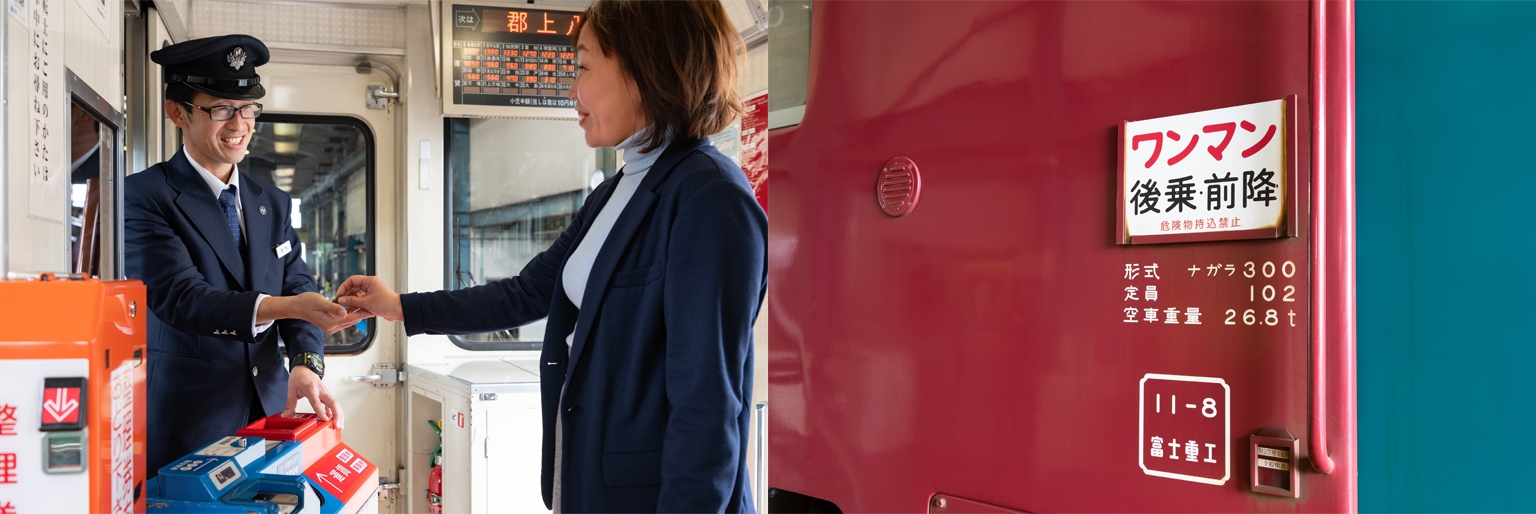
How to get on and off this one-man train
Among all the 38 stations, only 7 stations sell tickets. Most of them are unmanned stations and there are no ticket gates at all stations. The train is a one-man operation without a conductor, travelers can get on and off the train like a bus.
Get on from the back of the train and get a ticket with number on it. Please pay at the fare box before you get off.
History of Nagaragawa Railway
Construction began in 1920 with the idea of connecting Gifu-ken and Fukui-ken during Japan National Railway era, However the entire line was not opened and only the current service section is operating. Construction linking railroad track from the south ended at Kitano Station started in 1934, and railroad track from the north Kuzuryuko Station in 1973 in Fukui-ken, was suspended. Distance between the two stations is only 14 kilometers! Despite of this short distance, the dream of opening the entire line never came true.
In 1984, when Japanese National Railways decided to abolish Etsuminan Line, the third sector Nagaragawa Railway was born because of local residents who opposed the abolition. Today, it is loved by the region and continues operating as an indispensable.
How to get on and off this one-man train

Among all the 38 stations, only 7 stations sell tickets. Most of them are unmanned stations and there are no ticket gates at all stations. The train is a one-man operation without a conductor, travelers can get on and off the train like a bus.
Get on from the back of the train and get a ticket with number on it. Please pay at the fare box before you get off.
History of Nagaragawa Railway
Construction began in 1920 with the idea of connecting Gifu-ken and Fukui-ken during Japan National Railway era, However the entire line was not opened and only the current service section is operating. Construction linking railroad track from the south ended at Kitano Station started in 1934, and railroad track from the north Kuzuryuko Station in 1973 in Fukui-ken, was suspended. Distance between the two stations is only 14 kilometers! Despite of this short distance, the dream of opening the entire line never came true.
In 1984, when Japanese National Railways decided to abolish Etsuminan Line, the third sector Nagaragawa Railway was born because of local residents who opposed the abolition. Today, it is loved by the region and continues operating as an indispensable.
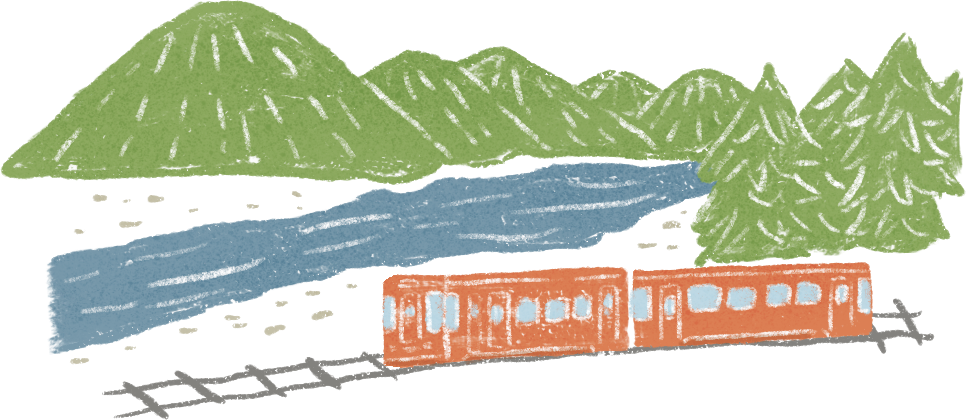
A two-car train consisting of a dining cabin (with 25 seats) and a sightseeing cabin (with 38 seats) operates between Mino Ohta Station and Hokunou Station, mainly on Fridays, Saturdays, Sundays, and public holidays (Please check the Nagaragawa Railway for schedule).


